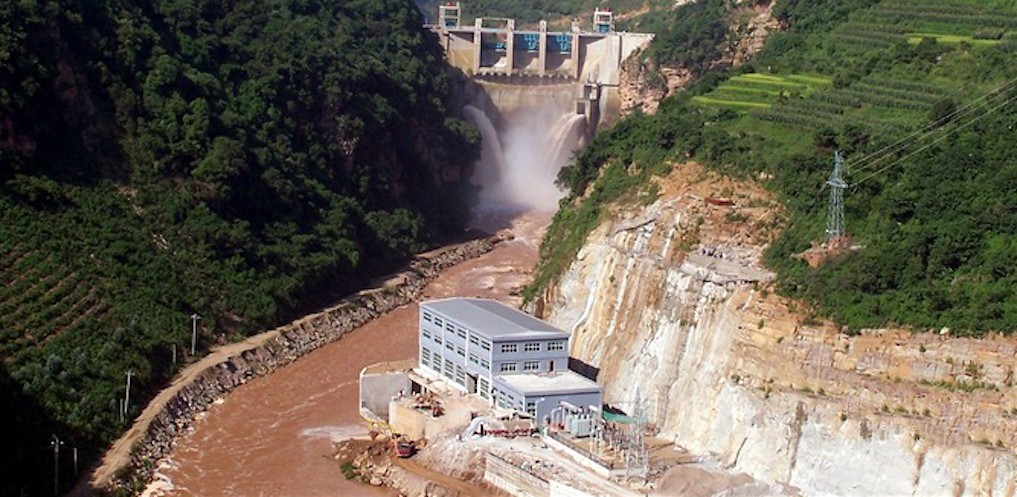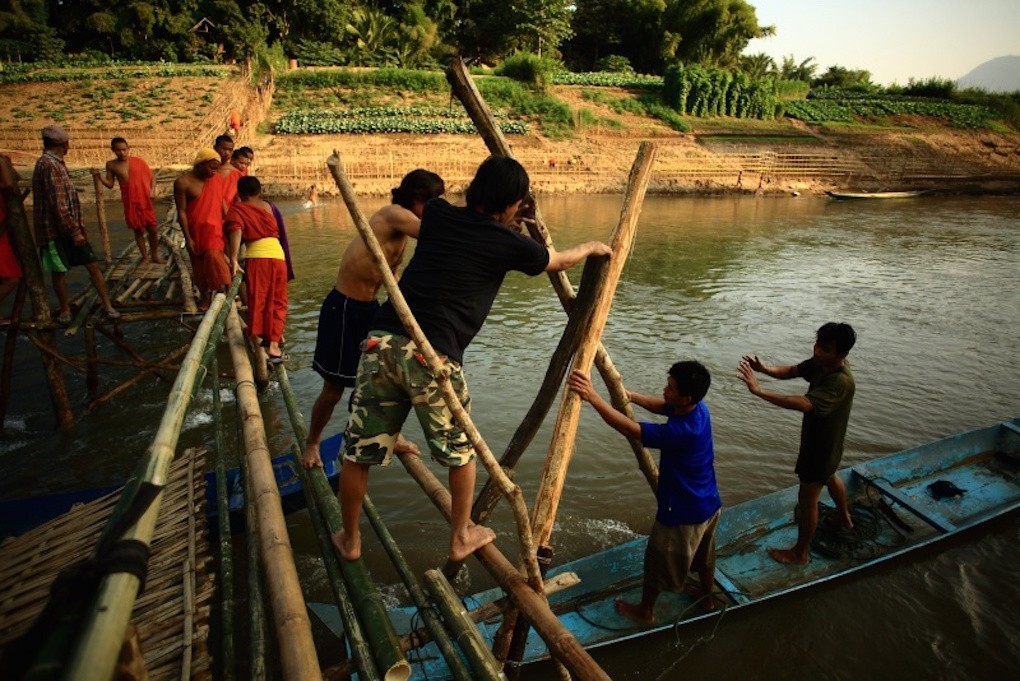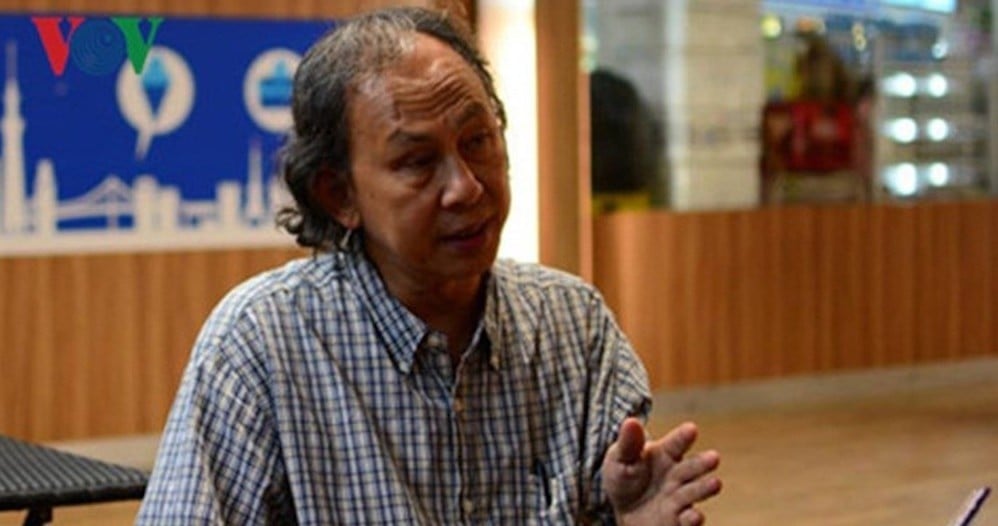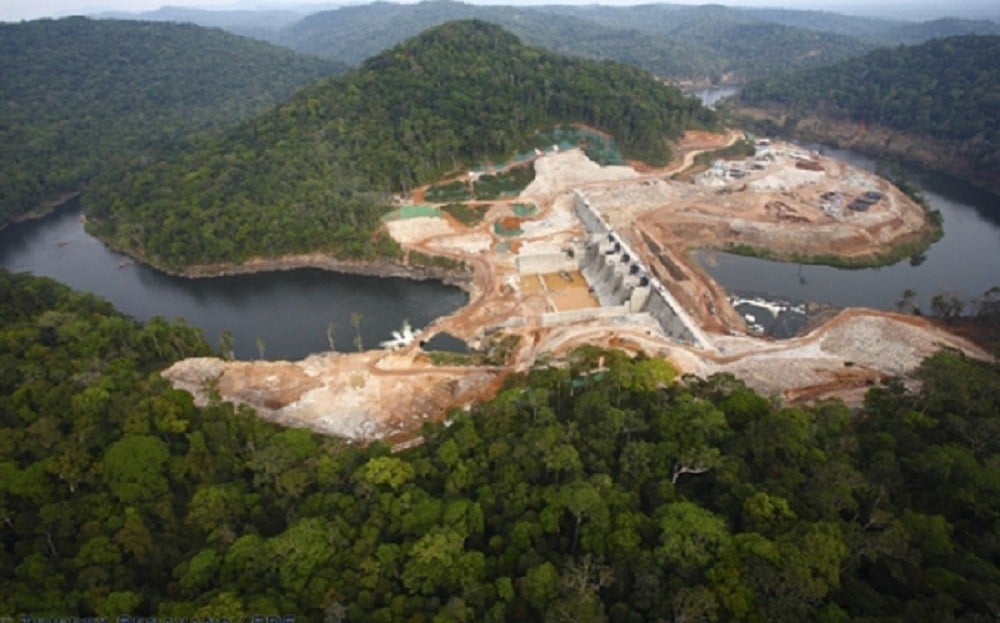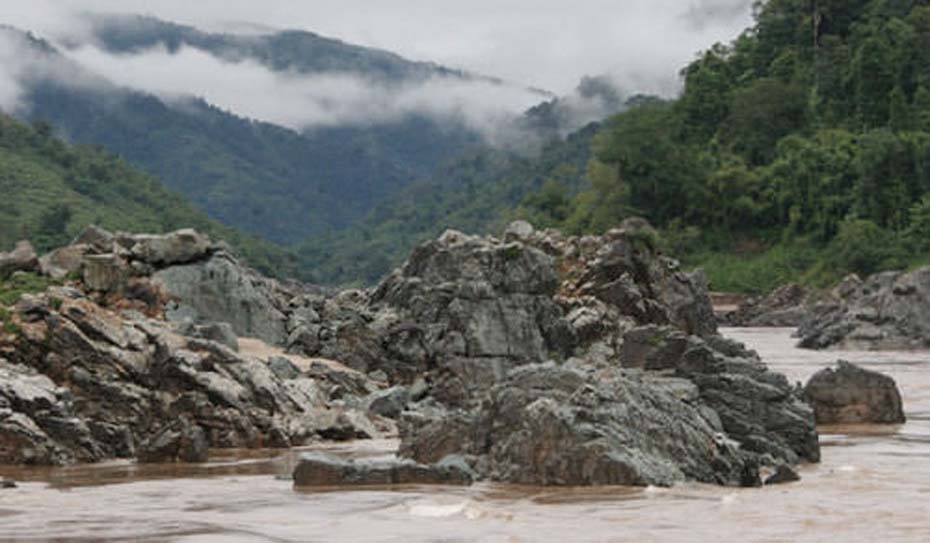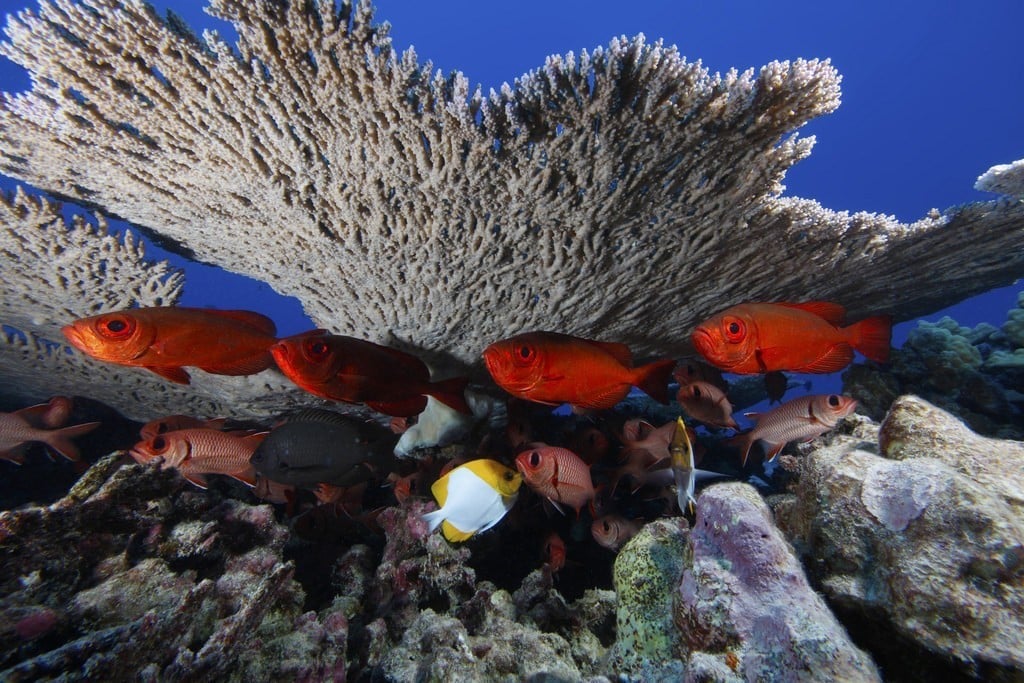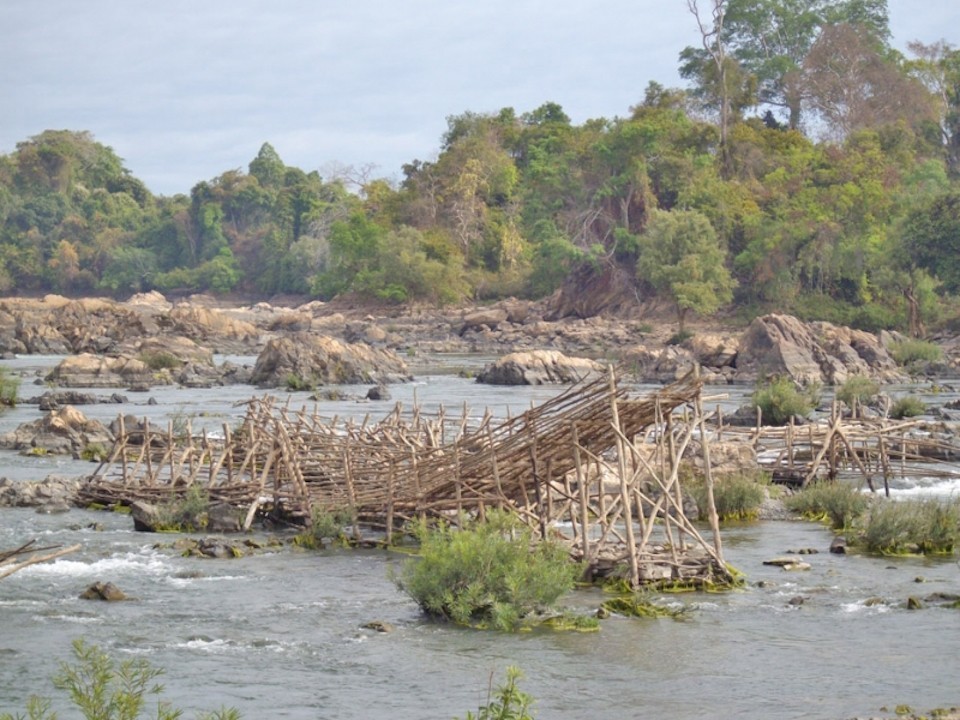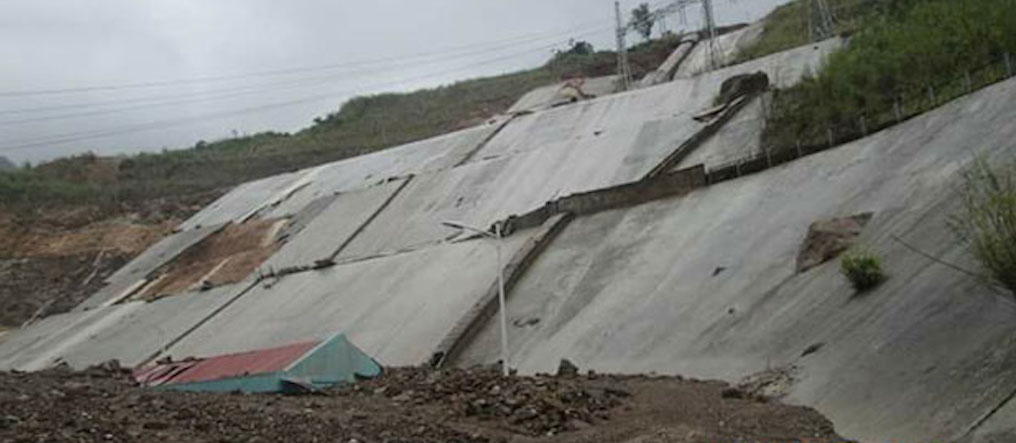Energy demand in China is slowing. This is causing a major headache for the hydropower sector, which has invested heavily in new projects in recent years. The continued construction of hydropower, as with coal, has led to surplus capacity, tumbling profits and an unbalanced national energy system.
Category: Laos
Beyond Sustainable Development for ASEAN
In view of various climate change phenomena, how can economies develop sustainably? Specifically, can economies grow while giving equal consideration to the tri-nexus of economy, environment and society? It is a question confronting policymakers in Southeast Asia on a recurring basis.
Asean at 50, and Beyond
Asean is 50 years old this year. It is a true milestone for a loosely constructed regional organization created by five countries at the height of the Cold War to have come this far. Since its conception, its member countries have transformed Asean into a rules-based entity encompassing all the countries in Southeast Asia.
New research reveals harm to Indigenous Peoples near Nam Theun 2 Project in Laos
On January 4, 2017, the Forum for Development Studies published a new article by Kanokwan Manorom, Ian Baird and Bruce Shoemaker titled, “The World Bank, Hydropower-based Poverty Alleviation and Indigenous Peoples: On-the-Ground Realities in the Xe Bang Fai River Basin of Laos.” This article provides more detail on the project’s impacts following earlier articles on the situation along the Xe Bang Fai River published in 2015 by the same researcher team.
Locals slam Mekong blasting plan
The government’s aim to clear the Mekong River’s rocky outcrops to ensure the smooth passage of large cargo boats has set off alarm bells for environmental activists and locals who fear the ecology in the area will be put at risk.
The Mekong River, known in China as the Lancang River, runs through China, Myanmar, Laos, Thailand, Cambodia and Vietnam over a total distance of 4,880km.
Spare the Mekong
The Prayut Chan-o-cha government made an out-of-the-blue decision that paves the way for the demolition of the Mekong River’s rocky outcrops for the sake of “improved waterway navigation”.
The justification offered is both weak and unjustified. The public was neither consulted nor informed while the well-being of the ecology of the world’s tenth longest river is at risk. And the party gaining the most significant trade benefits will obviously be China.
The top 5 water stories in 2016
Water is an irreplaceable component in the fight against climate change but it is also its biggest victim. The World Economic Forum named water the number one threat in 2015 and it was also ranked a top risk in 2016.
Over the last 12 months, the world was given a sneak preview of the global water wars scientists have predicted for the century ahead, and tensions surrounding dams and the control of water within drought situations were flashpoints for conflict. Companies can expect water use to hit their bottom lines harder and prices of electricity are likely to go up as hydropower comes under threat.
The Mekong Part III: Scaling Back Lao Dams
Farmers and fishermen in downstream countries are complaining about the impact of Mekong River dams located upstream in both China and Laos.
But a think tank now has a plan to reduce the damage done to crops and fish stocks by hydroelectric dams. Its focus is on Laos, Southeast Asia’s poorest country, which it says could benefit from scaling back on some of its planned dams.
Laos’ Xekaman 3 Dam Break Shuts Off Power to Vietnam
A break in a critical waterway shut down a hydro-electric dam in southern Laos and raised questions about the quality of construction at the facility that sends most of the power it generates to Vietnam.
While officials said the Dec. 16 break in the Xekaman 3 facility’s penstock posed no threat to people living downstream, it marked the second breakdown in the tunnel that channels water to the power turbine, RFA’s Lao Service has learned.
Scientists discover 163 new species in Greater Mekong region: WWF
A rainbow-headed snake and a dragon-like lizard are among 163 new species that scientists recently discovered in the Greater Mekong region, conservation group WWF said on Monday, adding rapid development in the area, from dams to mines, was threatening wildlife survival.


